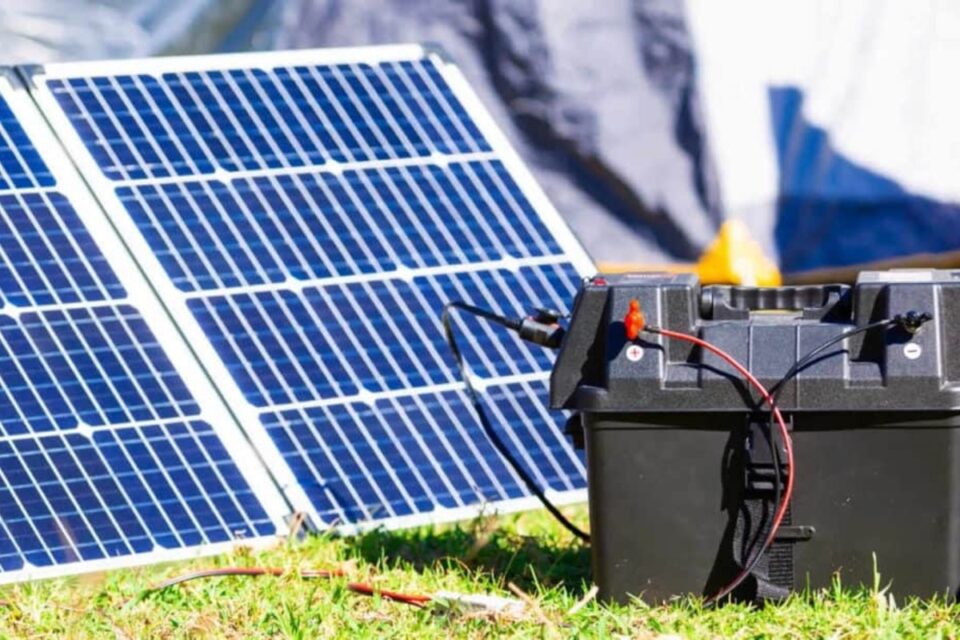Before diving into the intricacies of upgrading your solar system with battery storage, it’s crucial to assess your specific needs and determine if it’s the right choice for you. Consider your energy consumption patterns, particularly during peak hours and at night when your solar panels aren’t generating electricity. Evaluate your utility’s net metering policies, which determine how much credit you receive for excess solar energy sent back to the grid. If net metering is unfavorable or if you experience frequent power outages, battery storage can significantly enhance the value of your solar investment.
Understanding Battery Storage Options
Several battery technologies are available for residential solar systems, each with its own advantages and disadvantages. Lithium-ion batteries are the most popular choice due to their high energy density, long lifespan, and relatively low maintenance requirements. Lead-acid batteries are a more affordable option but have a shorter lifespan and require more maintenance. Flow batteries, which store energy in liquid electrolytes, are a newer technology with long lifespans and scalability but are currently more expensive than other options. When selecting a battery, consider its capacity (the amount of energy it can store), power output (the rate at which it can deliver energy), lifespan, and warranty. Prior to adding batteries to existing solar system you need to be aware of these matters.
The Retrofitting Process: Step-by-Step
Retrofitting battery storage to an existing solar system involves several key steps. First, you’ll need to consult with a qualified solar installer to assess your system’s compatibility and determine the appropriate battery size and configuration. The installer will handle the necessary electrical work, including connecting the battery to your solar inverter and electrical panel. A crucial component of the retrofit is the battery inverter, which converts DC power from the battery to AC power for use in your home. The installer will also configure the system’s monitoring software to track battery performance and manage energy flow.
Costs and Benefits of Battery Storage
Upgrading your solar system with battery storage involves a significant upfront investment, with costs ranging from $5,000 to $15,000 or more, depending on the battery size and complexity of the installation. However, the benefits can outweigh the costs in the long run. Battery storage reduces your reliance on the grid, lowering your electricity bills and providing backup power during outages. It also increases your energy independence, allowing you to consume more of the solar energy you generate. In some cases, you may be eligible for government incentives or rebates that can help offset the cost of battery storage.
Installation and Maintenance
Proper installation is crucial for the safe and efficient operation of your battery storage system. Always hire a licensed and experienced solar installer to handle the installation process. Once installed, battery storage systems require minimal maintenance. Periodically check the battery’s state of charge and overall performance using the system’s monitoring software. Keep the battery enclosure clean and free of debris. Depending on the battery type, you may need to perform occasional maintenance tasks, such as watering lead-acid batteries. Consult your battery’s documentation and your solar installer for specific maintenance recommendations.

